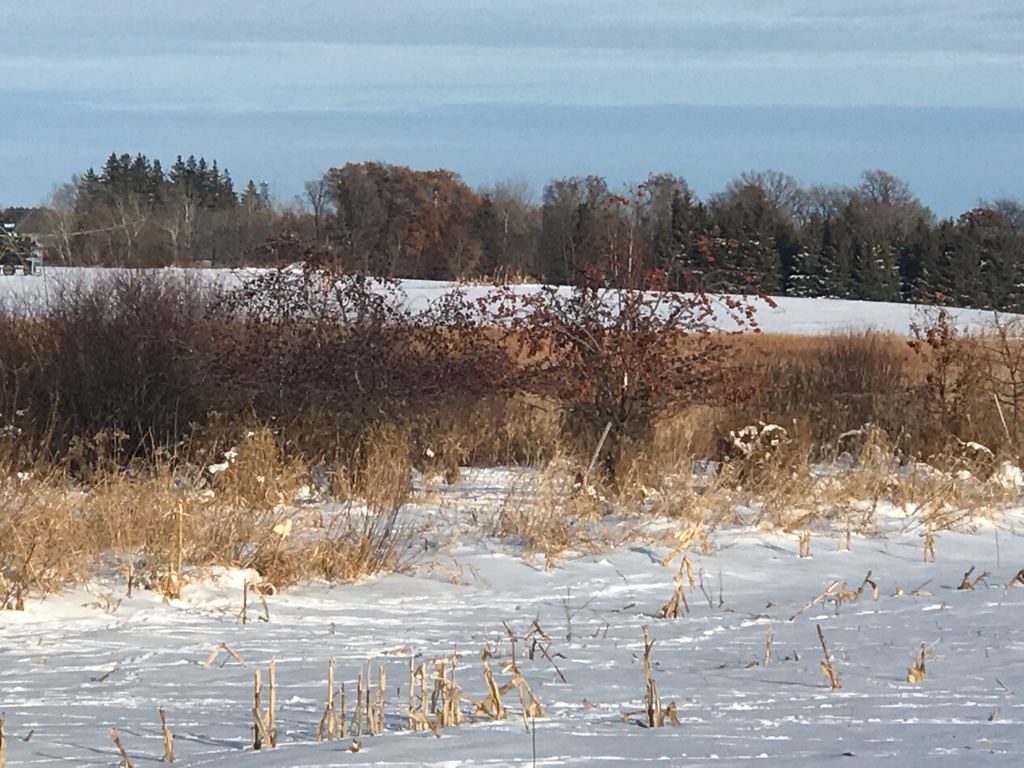One of my partners bought "Kieffer" pears years ago. I don't think they are actually kieffer based on the pear shape. At least they don't match some of the pics I've seen. They are quite prolific and produce pears every year for us. Unfortunately, they do nothing for attraction. They are all on the ground and eaten before our archery season comes in. They do provide deer food. I think many folks use the word "Kieffer" pear to mean a generic pear. Of course, it is possible that ours were mislabeled, but I doubt it. He bought two batches a year apart and they are all the same.


